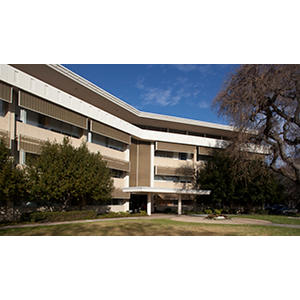Michael Tracy, MD
Clinical Associate Professor
Pediatric Pulmonology
Localización

770 Welch Road, Ste 380
Palo Alto, CA 94304
Mapas, direcciones y estacionamiento
Teléfono : (844) 724-4140
Fax : (650) 721-2884

1195 West Fremont Avenue
Sunnyvale, CA 94087
Mapas, direcciones y estacionamiento
Teléfono : (844) 724-4140
Fax : (650) 497-8791
Experiencia
Asthma
Bronchopulmonary Dysplasia
Childhood Asthma
Cystic Fibrosis
Trabajo y educación
Warren Alpert Medical School Brown University, Providence, RI, 05/25/2008
Stanford Health Care at Lucile Packard Children's Hospital, Palo Alto, CA, 06/30/2011
Stanford University Pediatric Pulmonary Fellowship, Palo Alto, CA, 6/30/2016
Pediatrics, American Board of Pediatrics, 2011
Pediatric Pulmonology, American Board of Pediatrics, 2016
Idiomas
English

Conéctese con nosotros:
Descarga nuestra App: